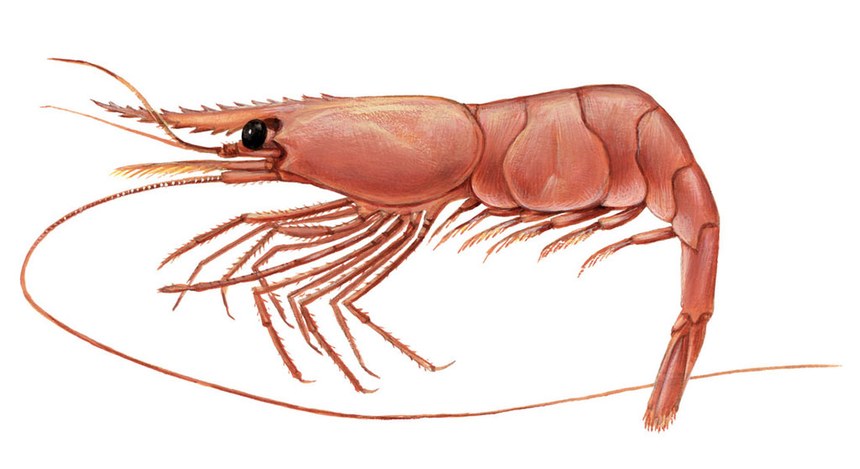Overview
Fisheries are composed of one or more parts, each of which is entitled to receive an MSC certificate. These parts or “units” are defined by their target stock(s), fishing gear type(s) and if relevant vessel type(s), and the fishing fleets or groups of vessels.
When the term “Unit of Certification” is used for fishing units that are in assessment, it refers to the “Unit of Assessment” or “Unit of potential certification”. Expand a status below to view the parts that form this fishery. To check the detailed scope, download the latest certificate or open the Assessments page to get the latest report. Find out more by visiting our page on Fisheries
Catch by Species
| Species | Reported Catch Year | Metric Tonnes |
|---|---|---|
| Northern prawn (Pandalus borealis) | 2021 | 17,351 |
Information is provided by an independent Conformity Assessment Body as live weight (the weight of species at the time of catch, before processing) and where a fishing season covers multiple years, the end year is given as the reported catch year. Additional information is available in the latest report, see the assessments page.
About this Fishery
Shrimp (Pandalus borealis) image © Scandinavian Fishing Year Book
The northern shrimp (Pandalus borealis) is also known as the cold water prawn or pink shrimp. It is distributed across the North Atlantic around the Barents Sea, Svalbard, Iceland and Greenland and south to the North Sea and Massachusetts, and across the North Pacific from the Bering Sea south to Japan and Oregon. All these areas have important commercial shrimp fisheries.
This fishery is located in the Gulf of St. Lawrence within Canadian waters. Most of the fishing is conducted by otter trawlers ranging in length from 16.7 m (55 feet) to 27.4 m (90 feet).
The trawl gear uses a mesh size of at least 40mm to allow undersized shrimp to escape. A device called a Nordmore separator grate enables other species to escape, so bycatch is almost zero. Although the fishery is thought to have minimal impact on seabed habitats, it is carrying out further research in this area as part of its MSC certification.
Market Information
Currently, there are five shrimp processing plants in Quebec and two in New Brunswick. Around 60% is exported to the European market, with the remainder sold in Canada and the US.
